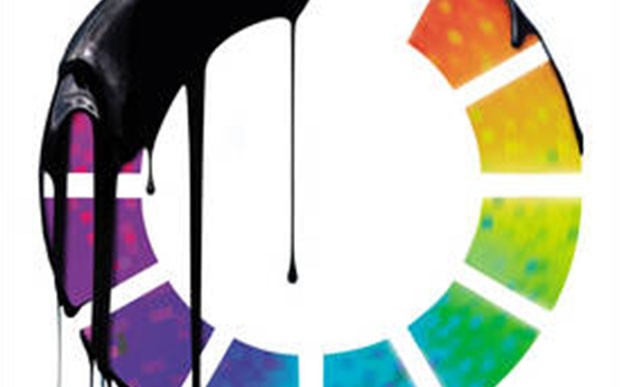Satin Island, Tom McCarthy
Reviewed by Brendan C. Byrne.
Several reviews of Tom McCarthy‘s fourth novel Satin Island pull-quote the early parenthetical, ‘events! If you want those, you’d best stop reading now’ while neglecting the fact that, actually, quite a lot happens in the book. Its anthropologist-narrator, U., works for a company he’s legally bound to only refer to as the Company (its logo a ‘giant, crumbling tower’), much as the narrator of McCarthy’s breakout novel Remainder is legally prevented from speaking about an inciting accident. The Company has just won a contract called the Koob-Sassen Project, which is never described but permeates all of contemporary existence. U.’s position as ‘in-house ethnographer’ consists mostly of ‘feeding vanguard theory, almost always from the left side of the spectrum, back into the corporate machine.’ (It’s no accident that Satin Island shares its initials with the Situationist International.) As opposed to the recent fiction of William Gibson, where the vanguard is the corporation and theory is just a hangover from ’68, McCarthy doesn’t cast the Company as some kind of transcendent novum. Instead, as with Remainder, the sublime is closest in immanence, and U. spends most of the novel sitting and staring at screens, walls, or people repeatedly performing the same actions, letting his thoughts trickle over such subjects as oil spills, his hero Lévi-Strauss, and a global conspiracy to murder parachutists. These meandering spells are the action which takes place on page, while off it Koob-Sassen slowly tendrils into the lives of everyone on the planet, U. shifts from catastrophic professional failure to glittering success, and a great deal of parachutists die. Quite a bit, in fact, happens, it’s just that the action on the page rarely meets the action off it.
Peyman, helmsman of the Company, is a visionary fraud famed for making declarations like ‘any strategy of cultural production…must be to liberate things – objects, situations, systems – into uselessness.’ Peyman is obsessed with networks, stating the Koob-Sassen project will remain, ‘in an everyday sense, to members of the general populace, invisible…It was a feat, rather, of what he called network architecture.’ In a relatively recent blogpost, Alexander Galloway declares, with Schrödinger’s tongue in cheek, ‘postmodernism is definitively over! We have a new grand récit. As metanarrative, the network will guide us into a new Dark Age.’ Galloway’s specific object of interest is the notion that the best way to respond to networks is more networks. This is the ideology imposed on U., who compiles dossiers on such disparate subjects as ”personalization’ trends for hand-held gadgets, the rhetoric and diction of scam emails’ and shark attacks, which he hopes will spontaneously assemble themselves into the Great Report Peyman has demanded of him, which will be ‘The First and Last Word on our age.’ U., despite his love of the great structuralist Lévi-Strauss, has no idea how to do this; a running joke features co-workers asking U. how the Great Report is coming and him responding it’s ‘still finding its shape.’ U. feels as if he’s on ‘the case’ but has no idea what it is. ‘The case’ is, of course, the death of postmodernism.
In his short polemic The Future (also released in February) Marc Augé, an ethnographer himself, writes ‘[ritual] is executed with rigorous fidelity to the rite established by the ancestors; at the same time it is focused on the future, and the emotion attached to its celebration is born of the feeling that it has succeeded in bringing something into being, that it has produced a beginning.’ While U.’s taste in ethnography doesn’t run toward Augé’s critiques of supermodernity, one cannot help but ask whether U.’s long bouts of regarding blank spaces isn’t an unconscious attempt at this kind of ritual, an aborted attempt at creating a beginning.
ABOUT THE AUTHOR
Brendan C. Byrne’s criticism appears in Rhizome, and his short fiction has appeared in Flurb. A novella, The Showing of the Instruments, was published in 2010.

